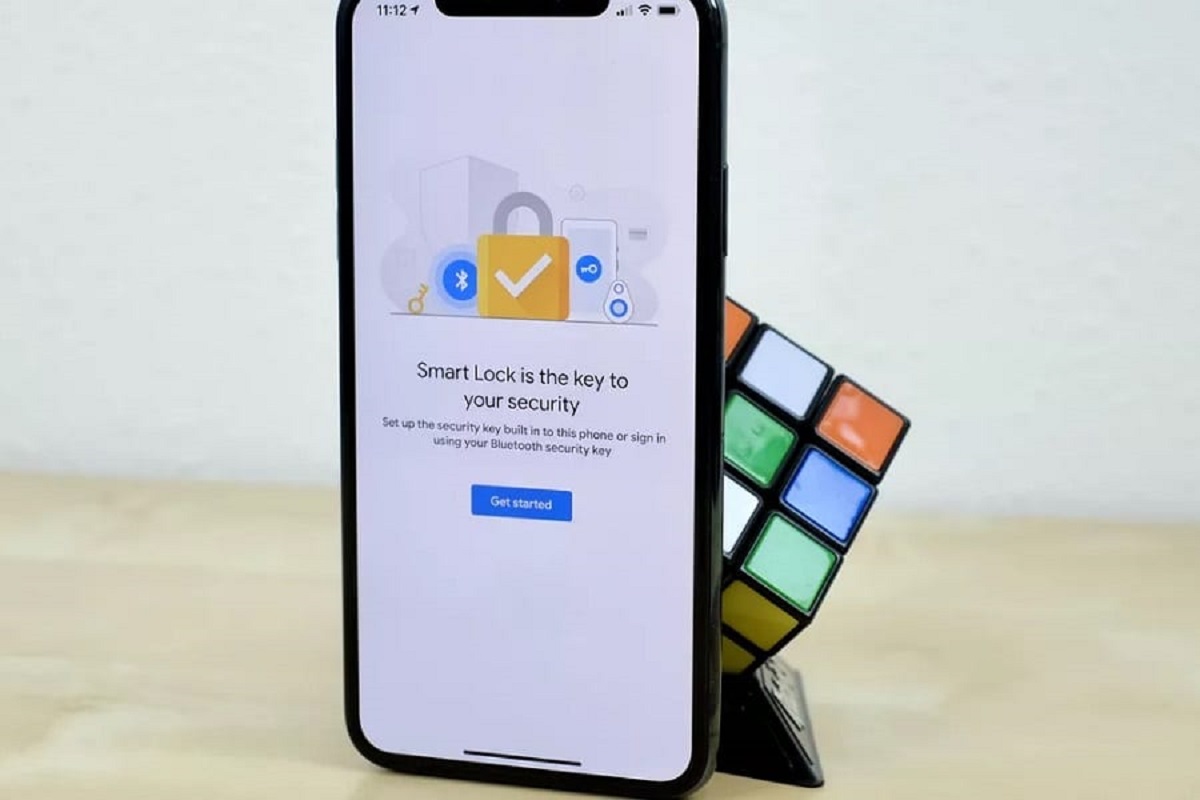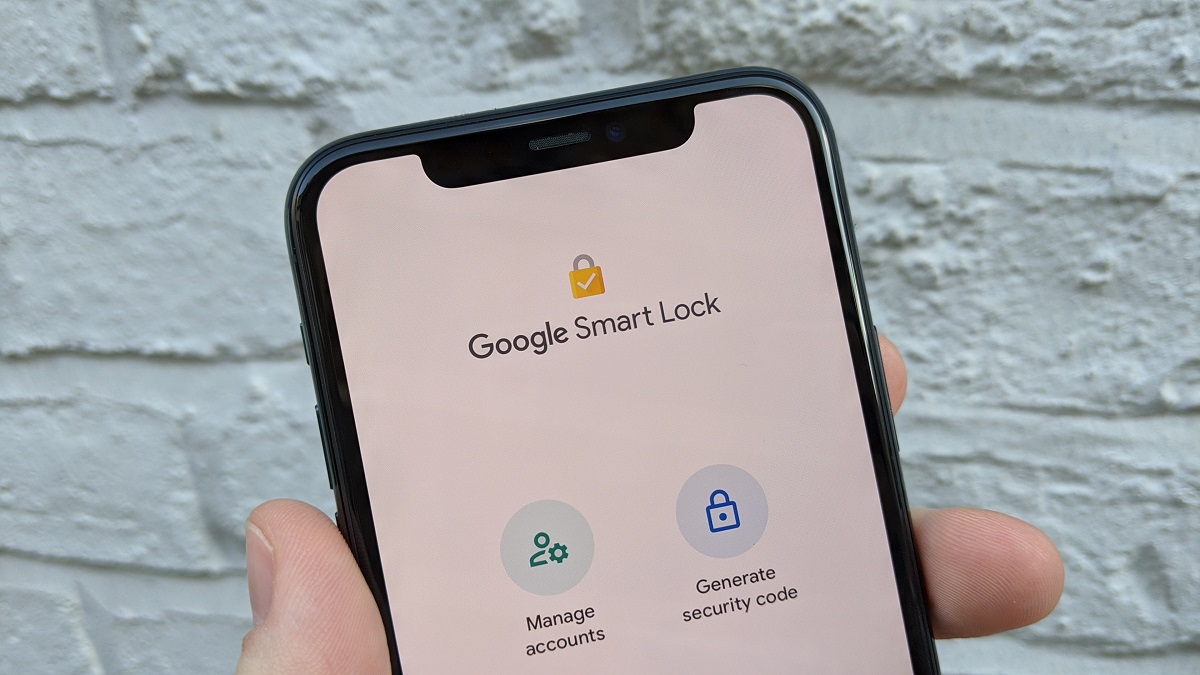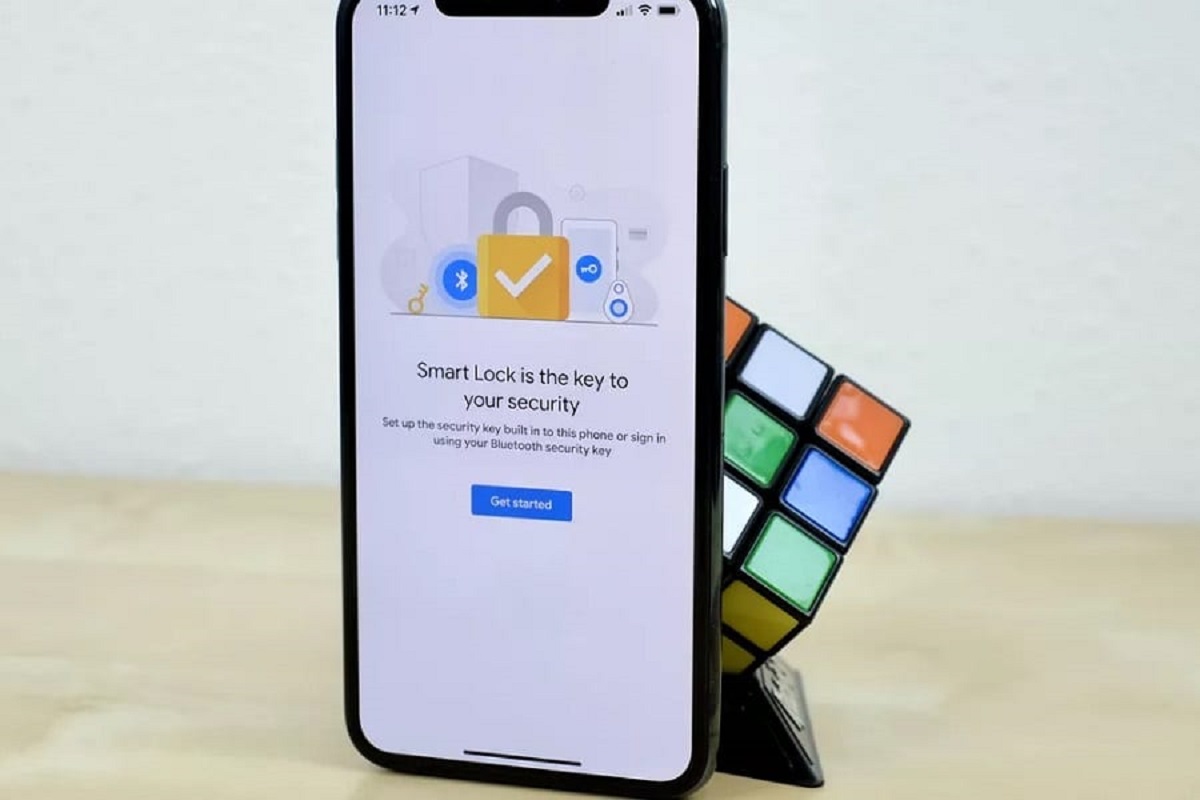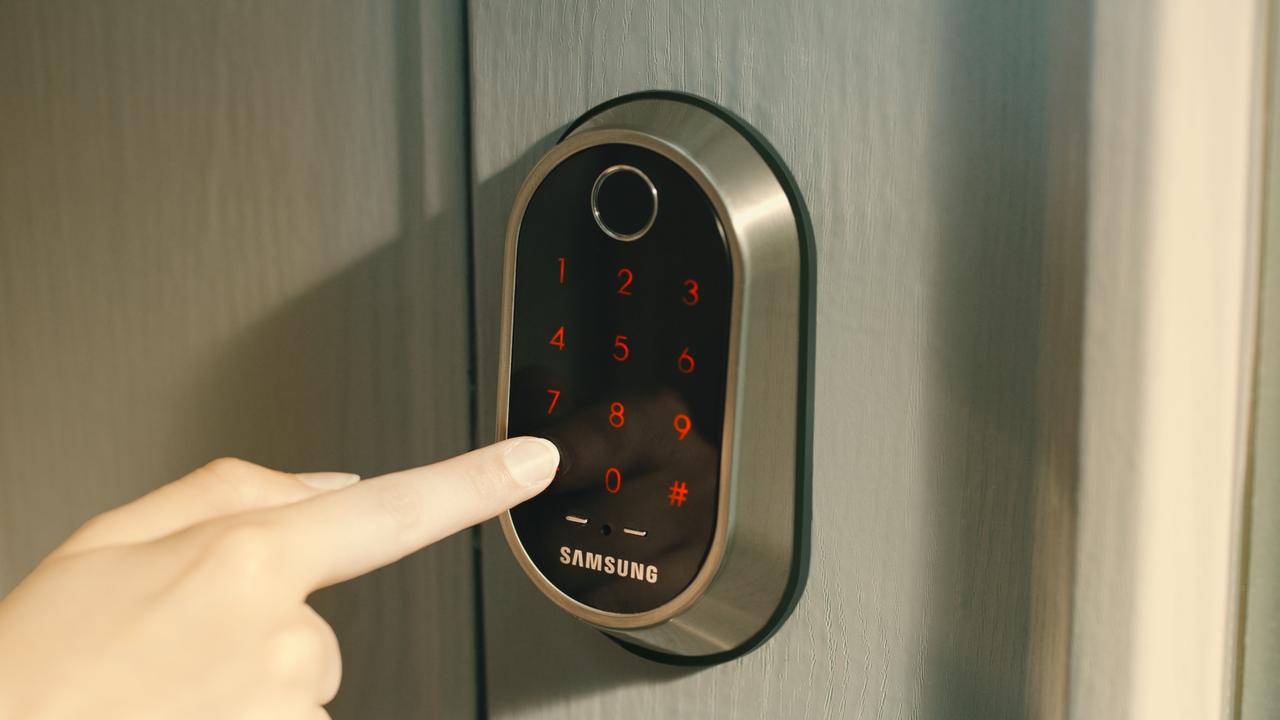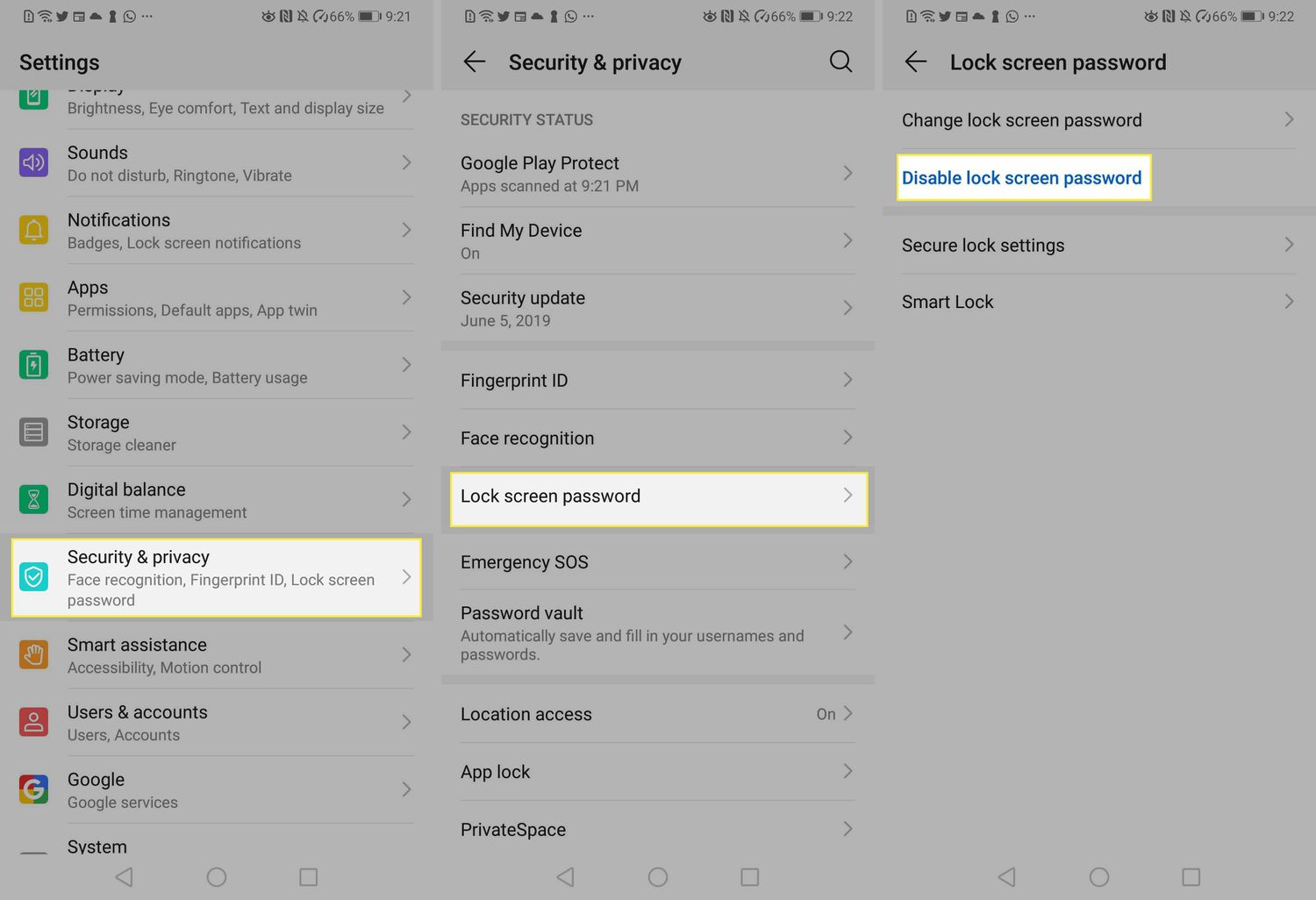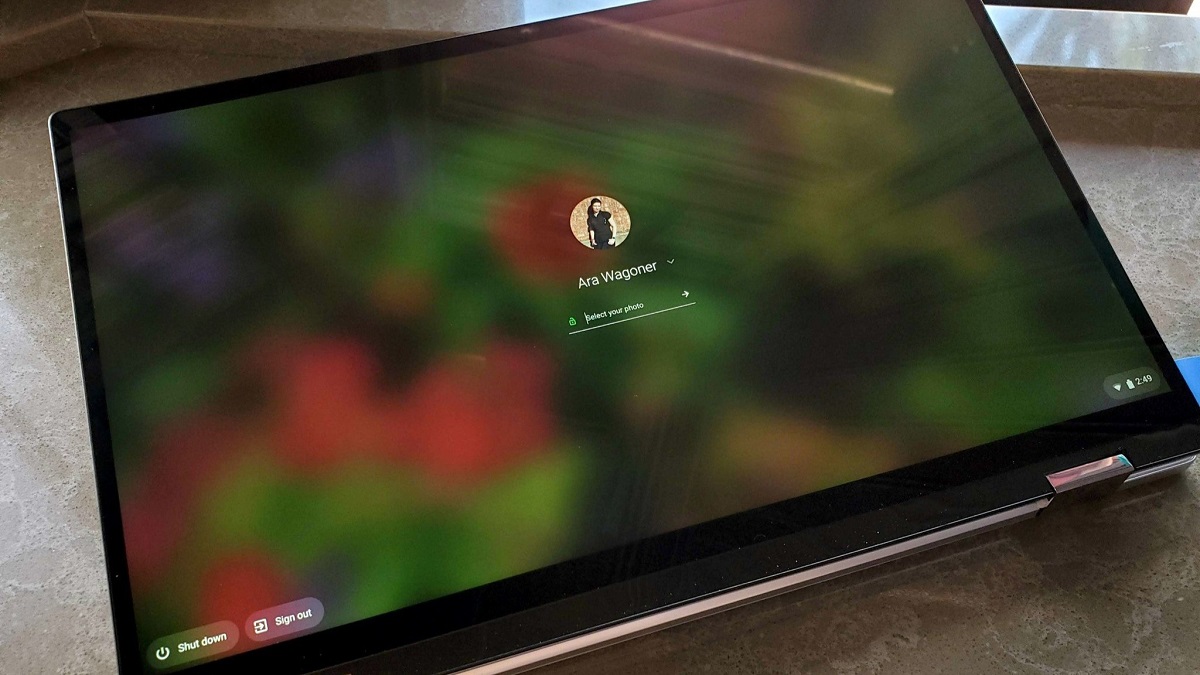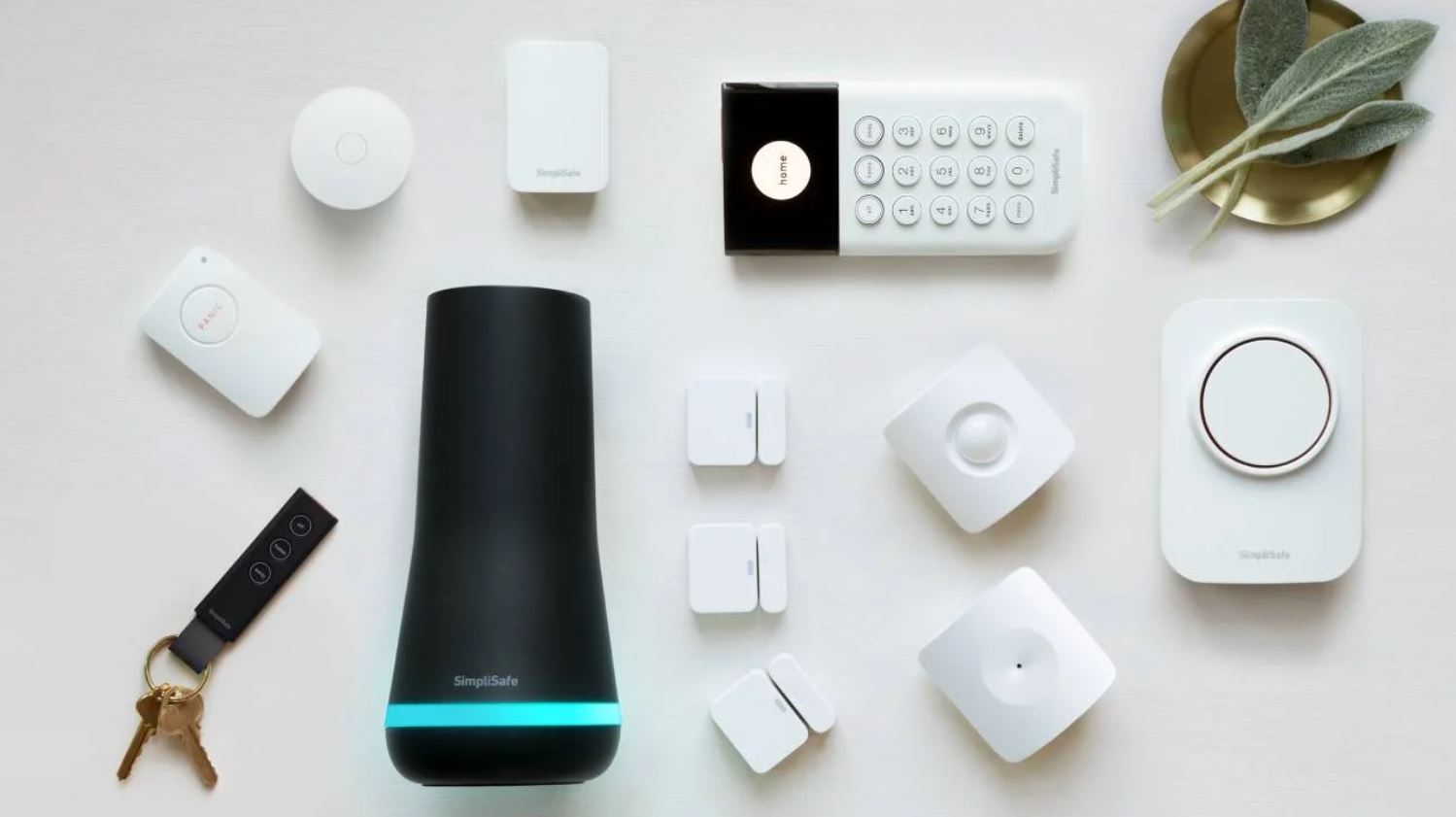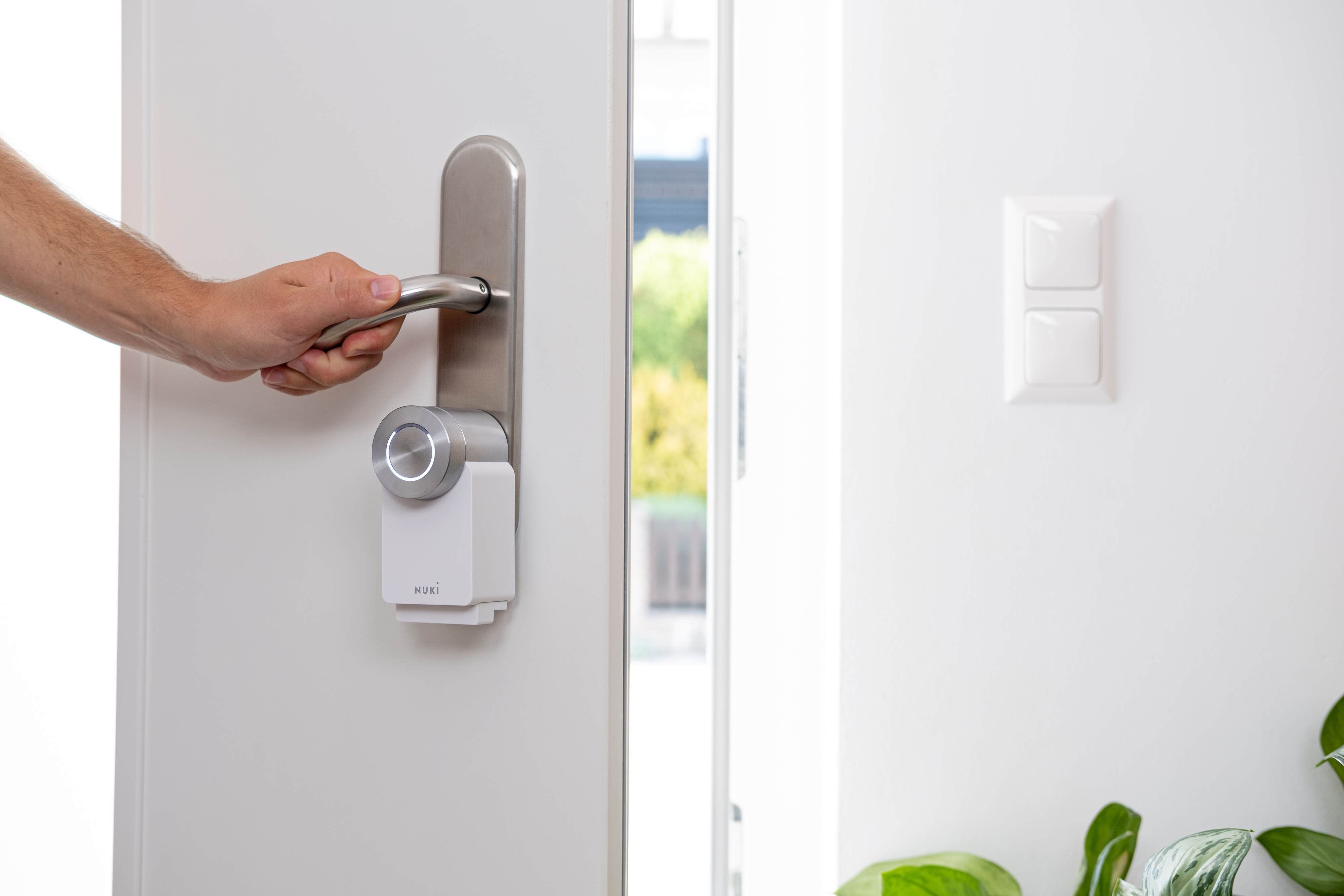Introduction
In today’s fast-paced digital world, password management has become increasingly important. With the multitude of online accounts and services that we use on a daily basis, remembering multiple passwords can be a challenging task. Recognizing this need, Google developed a solution called Google Smart Lock.
Google Smart Lock is a feature that allows users to store and manage their passwords across various devices and platforms. It offers a convenient way to remember and autofill passwords, making the login process seamless and hassle-free. By utilizing Google Smart Lock, users can save time and effort while maintaining the security of their online accounts.
However, there may be instances when you no longer wish to have a password stored in Google Smart Lock. It could be due to a change in account credentials, a desire to enhance security measures, or simply because you prefer to manage your passwords manually. Whatever the reason may be, removing a password from Google Smart Lock is a straightforward process that can be done within a few simple steps.
In this article, we will guide you through the process of removing a password from Google Smart Lock. We will provide step-by-step instructions along with useful tips to ensure a smooth and successful password removal. So, if you’re ready to take control of your passwords and remove them from Google Smart Lock, let’s get started!
What is Google Smart Lock?
Google Smart Lock is a feature developed by Google that aims to simplify the management of passwords across multiple devices and platforms. It is designed to enhance user convenience and streamline the login process for various online accounts.
With Google Smart Lock, users can securely save and store their passwords, eliminating the need to remember multiple credentials. This feature allows users to autofill their login information when accessing websites or apps, making the login experience effortless.
One of the key benefits of Google Smart Lock is its cross-platform compatibility. It works seamlessly across different devices, including Android smartphones, tablets, Chromebooks, and even on the web. This means that once a password is saved in Smart Lock on one device, it can be accessed and used on any other device connected to the user’s Google account.
Google Smart Lock also offers seamless integration with the Chrome browser. When using Chrome, Smart Lock can automatically store and fill in passwords for websites and apps, taking the hassle out of manual entry. This feature not only saves time but also ensures accuracy in entering login credentials.
In addition to passwords, Google Smart Lock can also store other types of information, such as credit card details and addresses. This makes online transactions and form filling quicker and more convenient.
Importantly, Google Smart Lock prioritizes the security and privacy of user data. All passwords and sensitive information stored in Smart Lock are encrypted using industry standard protocols, ensuring that they are securely stored and transmitted. Additionally, users have full control over their saved passwords and can easily manage and remove them at any time.
Now that we have a better understanding of what Google Smart Lock is, let’s explore why you might consider removing a password from this feature.
Why would you want to remove a password from Google Smart Lock?
While Google Smart Lock offers a convenient and secure way to manage passwords, there are several reasons why you might want to remove a password from this feature.
One common reason is a change in account credentials. If you have updated your account password for a particular website or app, it’s important to remove the old password from Google Smart Lock. By doing so, you ensure that only the updated and correct credentials are stored, avoiding any confusion or potential security risks associated with outdated information.
Another reason to remove a password from Google Smart Lock is to enhance your overall security measures. While Smart Lock encrypts and protects your saved passwords, some users may prefer to have full control over their login information. By manually managing your passwords, you can ensure that they are stored securely in a password manager of your choice or simply memorized, providing you with a higher level of security.
Furthermore, you may want to remove a password from Google Smart Lock if you no longer use a particular website or app. Over time, our online habits and preferences change, and certain accounts become irrelevant or unused. By removing these passwords from Smart Lock, you declutter your saved passwords and maintain a more organized and streamlined password management system.
Additionally, some users may find value in removing passwords from Google Smart Lock in order to have more control over their autofill settings. While it can be convenient to have passwords automatically filled in, there may be cases where you prefer to manually enter your credentials for added caution or to ensure that you are using the correct account.
Lastly, if you have decided to switch to a different password manager or password management method, removing passwords from Google Smart Lock is essential for a smooth transition. By exporting or manually transferring your passwords to your new preferred password manager, you can centralize and synchronize your login information to fit your specific needs.
Now that we understand why you might want to remove a password from Google Smart Lock, let’s proceed with the step-by-step process of removing a password in the next section.
Steps to Remove a Password from Google Smart Lock
If you’ve decided to remove a password from Google Smart Lock, follow these simple steps to ensure a successful removal:
Step 1: Open the Google Smart Lock settings
First, open the settings menu on your device. Depending on the device and operating system you’re using, the location of the settings menu may vary. Look for the “Google” or “Google Settings” option and tap on it. From there, find and select the “Smart Lock” option.
Step 2: Select the password you want to remove
Once you’re in the Smart Lock settings, you’ll see a list of saved passwords. Scroll through the list and find the password that you wish to remove. Tap on the password to select it.
Step 3: Tap on the “Remove” button
After selecting the password, you’ll see a screen with more details about the saved password. Look for the “Remove” button and tap on it. A confirmation prompt may appear to confirm the removal; follow the on-screen instructions to proceed.
Step 4: Confirm the password removal
To ensure that you want to remove the selected password, Google Smart Lock may ask you to verify your identity, such as entering your device’s PIN or using biometric authentication. This extra layer of security ensures that unauthorized users cannot delete your passwords.
Step 5: Verifying the password has been successfully removed
After completing the previous steps, the password should be removed from Google Smart Lock. To verify this, try accessing the website or app associated with the password and see if Smart Lock suggests the saved credentials. If it doesn’t appear in the autofill suggestions, it means the password has been successfully removed.
By following these steps, you can easily remove unwanted or outdated passwords from Google Smart Lock. Remember to periodically review and declutter your saved passwords to ensure a clean and organized password management system.
Step 1: Open the Google Smart Lock settings
To begin the process of removing a password from Google Smart Lock, the first step is to open the Smart Lock settings on your device. The location of these settings may vary depending on the device and operating system you are using. Here’s a general guide on how to access the Google Smart Lock settings:
For Android devices:
1. Open the Settings app on your Android device. You can usually find it in the app drawer or by swiping down from the top of the screen and tapping on the gear icon.
2. Scroll down and find the “Google” or “Google Settings” option and tap on it.
3. In the Google Settings menu, look for the “Smart Lock” option and tap on it.
4. If prompted, enter your device’s PIN or use biometric authentication, such as fingerprint or face recognition, to verify your identity.
For Chrome on desktop:
1. Open the Chrome browser on your computer.
2. Click on the three-dot icon located at the top right corner of the screen to open the Chrome menu.
3. From the menu, select “Settings.”
4. Scroll down and click on “Passwords” under the “Autofill” section.
5. Click on the “Google Smart Lock” option.
6. If prompted, sign in to your Google account to access the Smart Lock settings.
Once you have successfully accessed the Google Smart Lock settings, you’re ready to move on to the next step of removing the password from Smart Lock.
It’s important to note that the specific steps and options may vary depending on your device and operating system version. However, the general process should be similar across most devices. If you encounter any difficulties or have trouble locating the Smart Lock settings, refer to the manual or documentation for your specific device or operating system.
Now that you know how to open the Google Smart Lock settings, let’s move on to the next step of selecting the password you want to remove.
Step 2: Select the password you want to remove
After accessing the Google Smart Lock settings, the next step is to select the specific password that you want to remove from Smart Lock. This process allows you to choose the password you no longer wish to have stored in your account.
Here’s how you can select the password you want to remove from Google Smart Lock:
For Android devices:
1. In the Smart Lock settings menu, you’ll see a list of all the passwords that are currently saved in your Google account.
2. Scroll through the list and locate the password that you want to remove. You can search for it manually or use the search bar at the top of the screen to quickly find the desired password.
3. Once you’ve found the password, tap on it to select it. This will open a new screen with additional details about the password.
For Chrome on desktop:
1. In the Smart Lock settings, you’ll see a list of all the passwords that are saved in your Google account.
2. Scroll through the list or use the search bar to locate the specific password you wish to remove.
3. Click on the password to select it, and it will expand to display more information about the saved credentials.
By selecting the password, you indicate that you want to remove it from Google Smart Lock. Make sure that you have chosen the correct password before proceeding to the next step. If you’re unsure about a password, you can always review the details and confirm its association with the desired account.
Remember, you can repeat this step for multiple passwords if you want to remove several credentials from Google Smart Lock. Take your time to carefully select each password that you wish to remove to ensure accuracy and avoid accidentally deleting the wrong credentials.
Once you have selected the password you want to remove, it’s time to move on to the next step, which involves tapping on the “Remove” button to proceed with the removal process.
Step 3: Tap on the “Remove” button
After selecting the password you want to remove from Google Smart Lock, the next step is to tap on the “Remove” button. This action will initiate the process of removing the selected password from your Smart Lock account.
Here’s how you can tap on the “Remove” button to proceed with the removal:
For Android devices:
1. Once you have selected the desired password in the Smart Lock settings, you will be taken to a screen with more details about the password.
2. Look for the “Remove” button on the screen. It is usually located at the bottom or top-right corner of the screen.
3. Tap on the “Remove” button to initiate the removal process. A confirmation prompt may appear to ensure that you want to proceed with the removal.
For Chrome on desktop:
1. When you have selected the password you want to remove, the expanded view of the password will include an option to “Remove.”
2. Locate the “Remove” button below the password details and click on it.
3. A confirmation dialogue box may appear, asking you to confirm the removal. Read the message carefully and click on “Remove” to proceed.
In both cases, tapping or clicking on the “Remove” button confirms your intention to remove the selected password from Google Smart Lock. It’s important to double-check that you have chosen the correct password, as this action cannot be undone.
If you have multiple passwords to remove, repeat this step for each of them. Take your time to ensure you are removing the desired passwords and not accidentally removing passwords that are still necessary for your online accounts.
Now that you have tapped on the “Remove” button, you are ready to move on to the next step, which involves confirming the password removal.
Step 4: Confirm the password removal
After tapping on the “Remove” button in Google Smart Lock, the next step is to confirm the removal of the selected password. This confirmation step ensures that you intentionally want to delete the password from your Smart Lock account.
Here’s how you can confirm the password removal:
For Android devices:
1. After tapping on the “Remove” button, a confirmation prompt may appear on the screen, asking you to verify the password removal.
2. Read the prompt carefully to ensure that you understand the implications of removing the password.
3. If you are certain about removing the password, tap on the “OK” or “Confirm” button to proceed with the removal.
4. Depending on your device’s security settings, you may be required to enter your device’s PIN, use fingerprint or face recognition, or provide any other form of authentication to confirm the removal.
For Chrome on desktop:
1. Upon clicking on the “Remove” button, a confirmation dialogue box will typically appear on the screen.
2. Take a moment to review the confirmation message and ensure that you want to remove the password.
3. If you are sure about the removal, click on the “Remove” or “Confirm” button to proceed.
4. It’s worth noting that some browsers may ask you to re-enter your Google account password before allowing you to confirm the removal of the password.
Confirming the removal of the password is an essential step to prevent accidental deletions. It ensures that you are intentional about removing the selected password from Google Smart Lock.
Take a moment to verify that you are removing the correct password and that you understand the consequences of its deletion. This step acts as a necessary safeguard to prevent the inadvertent removal of passwords that you still need.
Now that you have confirmed the password removal, proceed to the next step, where we will guide you on how to verify that the password has been successfully removed from Google Smart Lock.
Step 5: Verifying the password has been successfully removed
After confirming the removal of the password from Google Smart Lock, the final step is to verify that the selected password has been successfully removed from your Smart Lock account. This step ensures that the password is no longer stored and will not be suggested for autofill when accessing relevant websites or apps.
Here’s how you can verify that the password has been successfully removed:
For Android devices:
1. After confirming the password removal, navigate back to the Smart Lock settings on your device.
2. Scroll through the list of saved passwords to locate the password that you have removed.
3. If the password no longer appears in the list, it indicates that it has been successfully removed from Google Smart Lock.
4. To further verify, you can try accessing the associated website or app and check if Smart Lock suggests the saved credentials. If the password no longer shows up in the autofill suggestions, it confirms that it has been successfully removed.
For Chrome on desktop:
1. Once you have confirmed the removal, you can close the Smart Lock settings and return to your browsing activities.
2. When you visit the website or app associated with the removed password, check if Smart Lock suggests the saved credentials.
3. If the password no longer appears in the autofill suggestions, it means the removal was successful.
Verifying the successful removal of the password is important to ensure that the old and no longer needed credentials are no longer accessible through Google Smart Lock. It gives you peace of mind and confirms that the password is no longer stored in your Smart Lock account.
Remember, it may take a few moments or a browser refresh for the changes to reflect across all devices and platforms. If you still see the removed password in the autofill suggestions, give it some time and try clearing your browser cache and cookies.
By following these steps, you can confidently remove unwanted passwords from Google Smart Lock and have greater control over your password management. Regularly reviewing and removing outdated or unnecessary passwords helps keep your password manager organized and your accounts secure.
Congratulations! You have successfully removed a password from Google Smart Lock. Keep practicing good password management habits to ensure the security of your online accounts.
Conclusion
In this article, we have explored the process of removing a password from Google Smart Lock. We began by understanding what Google Smart Lock is and why you might want to remove a password from this feature. We then provided step-by-step instructions on how to remove a password from Google Smart Lock, starting with opening the Smart Lock settings, selecting the password to remove, tapping on the “Remove” button, confirming the removal, and finally verifying that the password has been successfully removed.
By removing passwords from Google Smart Lock, you can ensure that your stored credentials are accurate, up to date, and reflect your current security preferences. Whether you have updated your account credentials, changed your password management method, or simply want greater control over your logins, the process of removing passwords from Smart Lock is straightforward and accessible.
While Google Smart Lock offers convenience and secure password storage, it’s important to regularly review and manage your passwords. Remove any outdated or unnecessary passwords to keep your password manager organized and maintain a higher level of security for your online accounts.
Remember, password management goes beyond just removing passwords. It is crucial to create strong, unique passwords for each of your accounts, enable two-factor authentication where available, and consider using a reputable password manager to securely store and generate passwords.
By following best practices in password management and utilizing the features and options provided by Google Smart Lock, you can strengthen your overall online security and make navigating the digital landscape more convenient and efficient.
Now that you have the knowledge and understanding of removing passwords from Google Smart Lock, take the necessary steps to ensure the security and efficiency of your online accounts. Stay proactive in managing your passwords and continue to prioritize your online privacy and security.
We hope this guide has been helpful to you. Feel free to refer back to these instructions whenever you need to remove a password from Google Smart Lock. Stay safe and enjoy a seamless browsing experience!







